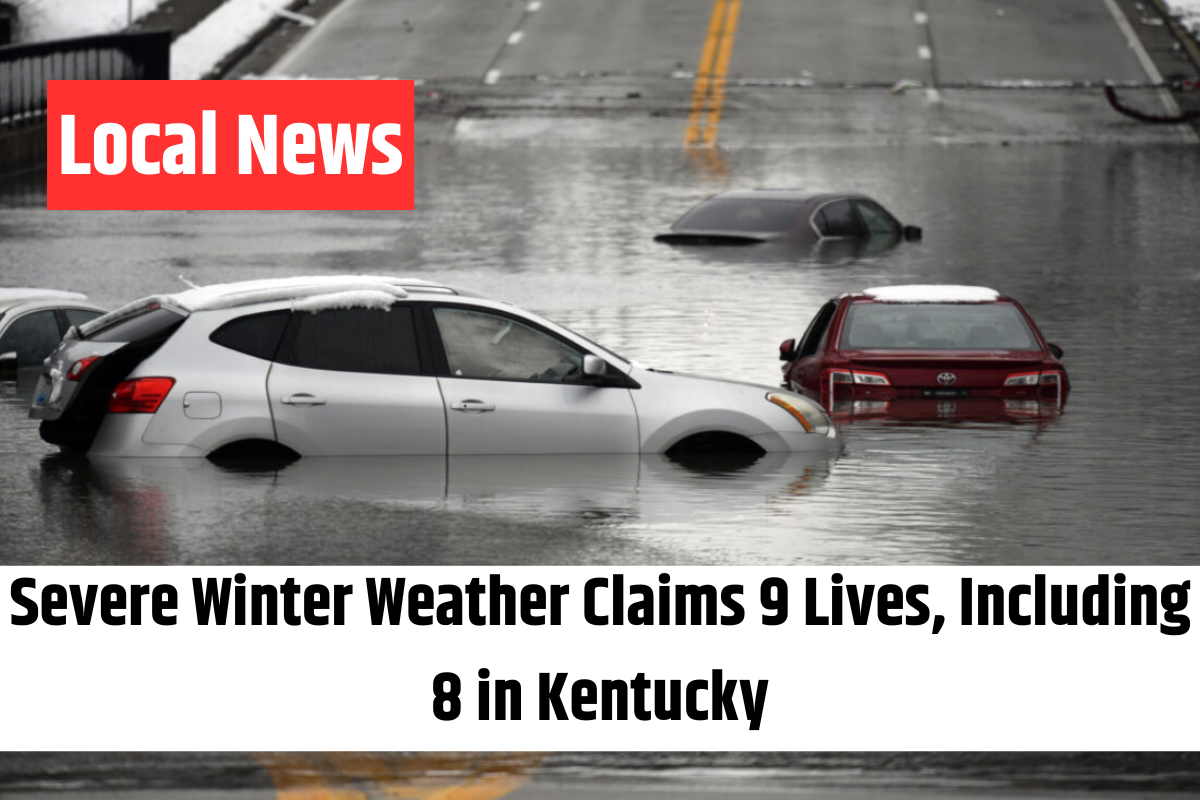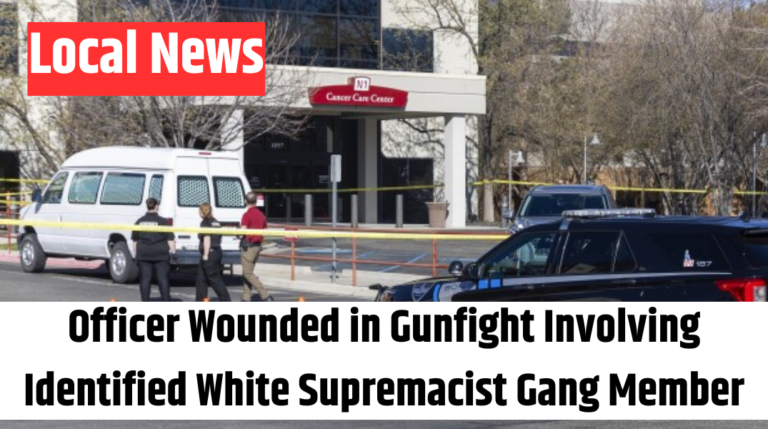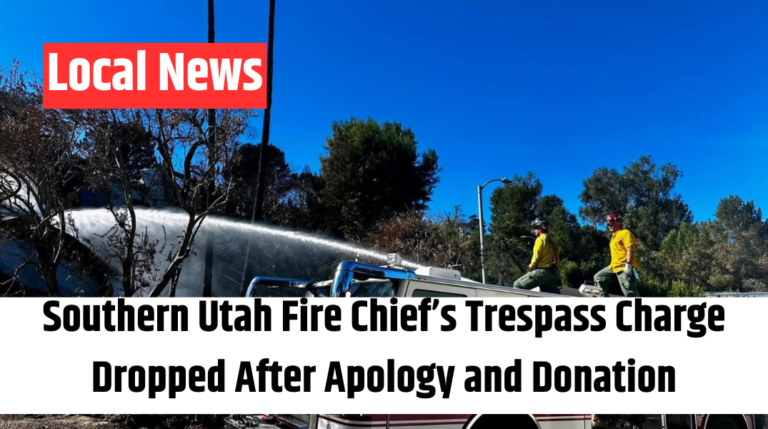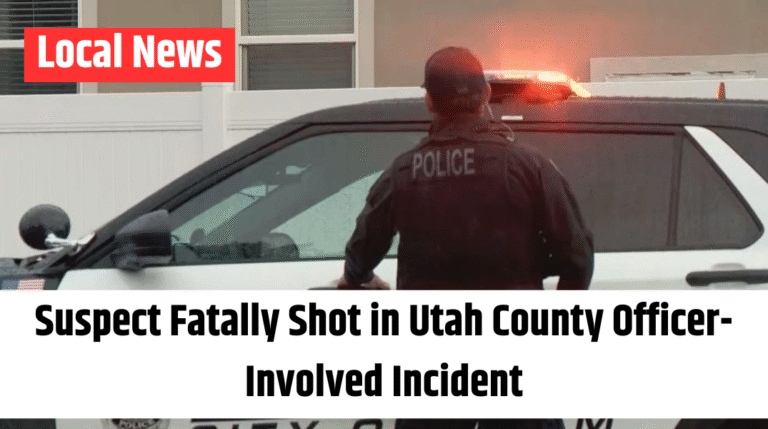
LOUISVILLE, Ky. — Deadly storms swept across multiple states over the weekend, leaving at least nine people dead, including eight in Kentucky, as heavy rainfall caused flash flooding, submerged roads, and prompted widespread evacuations.
Kentucky Governor Andy Beshear confirmed the fatalities on Sunday and said rescue teams had saved hundreds of stranded residents. A disaster declaration request was approved, allowing the Federal Emergency Management Agency (FEMA) to coordinate relief efforts across the state.
Most of the storm-related deaths in Kentucky were linked to vehicles becoming trapped in floodwaters, including a mother and her 7-year-old child. “Right now, we’re focused on search and rescue,” Beshear said, urging residents to stay off the roads. Emergency crews have conducted 1,000 rescues since the storms began on Saturday.
The extreme weather knocked out power to around 39,000 homes, and officials warned that strong winds could cause additional outages. Some areas in Kentucky and Tennessee recorded up to six inches of rain, according to the National Weather Service (NWS).
Flooding, Tornadoes, and Evacuations Across the South
The storm’s impact extended beyond Kentucky, causing destruction in several states. In Alabama, an EF-1 tornado was confirmed in Hale County, where it damaged mobile homes, toppled trees, and knocked down power lines. Significant structural damage was reported in Tuscumbia, where authorities urged residents to avoid downtown.
Meanwhile, Tennessee officials declared a state of emergency in Obion County after a levee breach led to severe flooding in the small town of Rives. With no power and freezing temperatures posing additional risks, Mayor Steve Carr ordered mandatory evacuations for residents.
In Atlanta, a large tree fell on a home early Sunday, killing one person, according to the city’s fire department.
Dangerous Cold Grips the Northern U.S.
As the South battles floodwaters, a brutal cold front has taken hold across the northern Plains and Midwest. Wind chill temperatures could drop as low as 50 degrees below zero in North Dakota, with extreme cold warnings in place for parts of Montana, South Dakota, and Minnesota.
The National Weather Service has warned of “life-threatening cold” early in the week, with northeastern Montana facing actual temperatures of minus 45 degrees and wind chills as low as minus 60.
Snow and ice also created hazardous travel conditions in Michigan, where over 100 crashes were reported in the Detroit area since Saturday. Most were minor spin-outs caused by drivers going too fast on slick roads, according to Michigan State Police.
Storms Cause Travel Disruptions and Damage Across Multiple States
In Colorado, authorities reported eight fatal vehicle crashes since Valentine’s Day, though it’s unclear if all were weather-related. Meanwhile, three state patrol cruisers were struck on icy roads after officers pulled over to assist drivers. Fortunately, no troopers were injured.
In West Virginia, the governor declared a state of emergency for 13 counties due to severe flooding. Several fire stations dealing with their own water damage continued responding to calls for help.
Further east, power outages stretched from New York to Georgia, while Virginia officials reported widespread road closures caused by fallen trees and mudslides.
More Severe Weather on the Way
Forecasters are monitoring what could be the coldest Arctic blast of the season, with a polar vortex expected to push freezing air into the U.S. and parts of Europe. Meteorologists say this marks the 10th such event this winter.
Avalanche warnings have been issued across the Rocky Mountains, from Colorado to Washington state, with the highest risk in Utah.
Authorities are urging residents across affected areas to take precautions as the extreme weather persists




